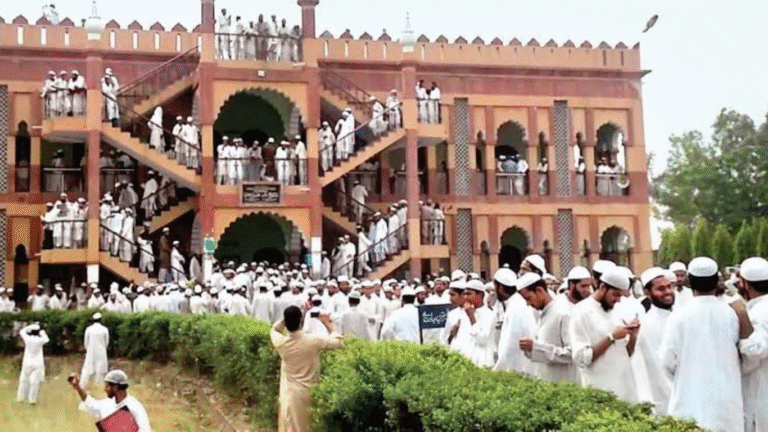
Introduction to Lalitpur Junction
Lalitpur Junction, located in the Lalitpur district of Uttar Pradesh, is a key railway station connecting major parts of central and northern India. With the station code LAR, it lies on the Jhansi–Bhopal–Itarsi line and is managed by the North Central Railway zone. For people living in the Bundelkhand region, this station is a vital link for travel, trade, and communication.
Lalitpur Junction serves thousands of daily passengers, including students, traders, and long-distance travelers. It connects the district with major cities like Jhansi, Bhopal, Lucknow, Kanpur, Mumbai, and Delhi. Whether it’s a long-distance express or a local passenger train, the station keeps the region moving. The calm, small-town atmosphere of Lalitpur is well-complemented by the constant flow of trains that stop here, showing the mix of tradition and progress.
The station is well-maintained with platforms, seating areas, food stalls, digital display boards, and ticket counters. The staff is helpful, and local transportation like autos and taxis is easily available outside, making onward travel smooth for passengers.
Routes and Connectivity from Lalitpur Junction
Lalitpur Junction connects several important rail routes that serve both Uttar Pradesh and Madhya Pradesh. Its strategic position makes it a link between North India and Central India. Trains from this station head toward cities like Bhopal, Indore, Gwalior, Delhi, Kanpur, and Allahabad. It is also close to the border of Madhya Pradesh, making it a convenient stop for inter-state travel.
Some major trains that pass through Lalitpur Junction include:
- Shatabdi Express (Delhi to Bhopal)
- Malwa Express (Indore to Jammu)
- Gorakhpur Express
- Ujjaini Express
There are also several passenger trains that help people from small towns and villages around Lalitpur reach bigger cities for work, education, and healthcare. Thanks to this connectivity, Lalitpur’s trade and tourism have seen gradual growth. Farmers and shopkeepers can send their produce and goods to other cities, boosting local income and economy.
Lalitpur is also connected by a broad-gauge line, which means more speed and capacity for goods and passengers. Electrification has further improved train timings and performance, making rail travel from Lalitpur more efficient than ever.
Importance of Lalitpur Junction for the Region
For the people of Bundelkhand, Lalitpur Junction is more than a railway station — it’s a lifeline. It plays a big role in supporting education, employment, tourism, and trade in the region. Many students from surrounding areas use trains to reach colleges in Jhansi or Bhopal. Similarly, government employees, laborers, and families rely on daily trains to connect with other parts of India.
The station has become a small economic hub. Local vendors sell snacks, tea, and regional items to passengers, creating daily income. Hotels and lodges near the station provide shelter for overnight travelers. Even small transport businesses depend on the station’s footfall for earning a living.
During festival seasons and holidays, Lalitpur Junction becomes extra busy. Special trains are sometimes added to handle the rush. Clean platforms, better lighting, and digital announcements make travel easier even when the station is crowded.
Future Plans and Upgrades
Railway authorities have been working on making Lalitpur Junction better and more modern. There are plans to add more platforms, upgrade waiting rooms, and increase security measures. More trains are expected to be added in the future, especially toward smaller towns in the Bundelkhand region.
Digitization is also helping. With online bookings, real-time train status, and QR-code-based tickets, passengers now find it easier to plan their trips. The station is likely to see even more development as Lalitpur grows in importance as a district.
Improving Lalitpur junction will not only help Lalitpur but also the nearby rural areas, giving people more access to education, medical help, and jobs. It’s a big step toward connecting villages with cities.



